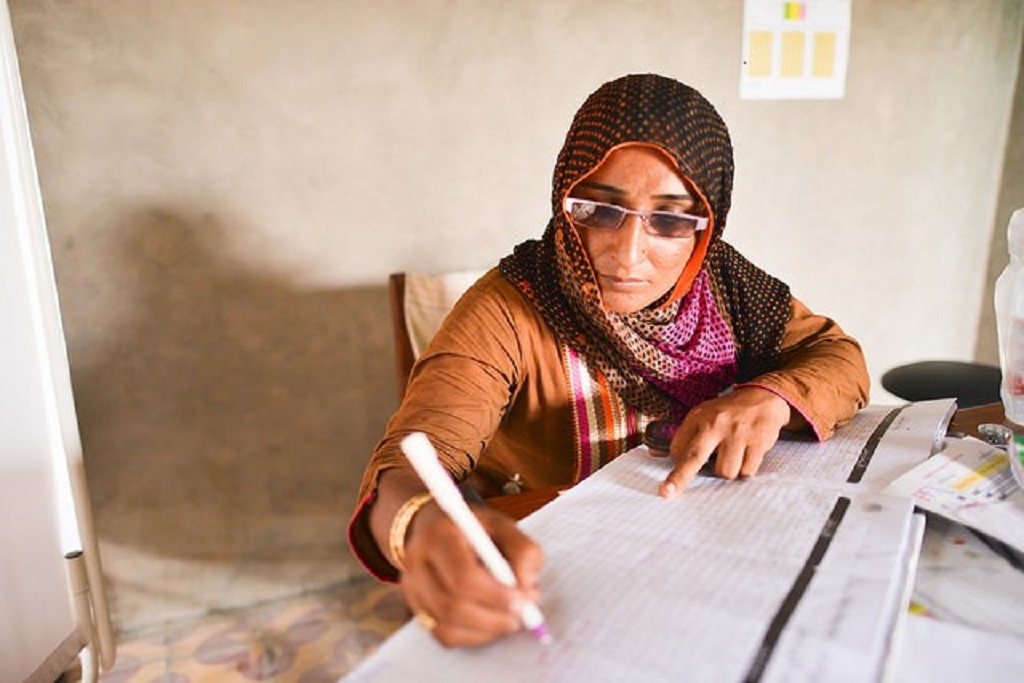Routine Health Management Information Systems (HMIS) are the backbone of monitoring service delivery programs at the national level in low- and middle-income countries. Several global initiatives have issued recommendations for core maternal and newborn health indicators, including some that should be tracked at the global and national levels via routine HMIS. However, it is not well understood which countries are already collecting this information and which ones would need to revise their HMIS to track these indicators.
MCSP and USAID hosted a three-part webinar series to share findings from a review from 24 countries on what HMIS information is available regarding maternal and newborn care, family planning, and child health and nutrition service delivery. The presentations and video recordings are available below.
Webinar 1: September 5th, 9:00-10:30 am
What Data Do National Health Management Information Systems Include? A Review of HMIS Systems for Maternal, Newborn, and Child Health and Nutrition and Family Planning
The first webinar in the series focused on global findings, and included opportunities for audience questions and feedback. The presentation can be downloaded here.
Webinar 2: September 26th, 9:00 am
Maternal and Newborn Health and Family Planning
We presented key findings on the maternal and newborn health and family planning content of national HMIS across 24 low- and middle-income countries. The webinar summarized the availability of data related to service utilization, content of care received, and health outcomes captured during health facility-based antenatal, labor and delivery and postpartum care. Additionally, we examined how family planning client types are defined across countries, and how postpartum family planning data is reported at higher levels.
The presentation can be found here. To watch the webinar, click here.
Webinar 3: October 3rd, 9:00 am
Child Health and Nutrition
Our final event featured results from an examination of child health and nutrition data elements in 23 countries’ national HMIS at both the primary health center and community levels.
The presentation can be found here. To watch the webinar, click here.

